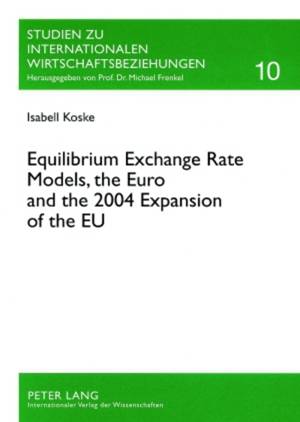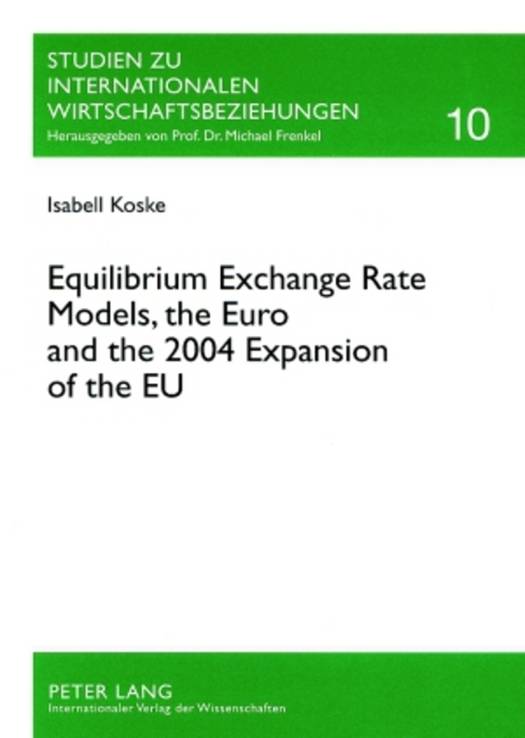
- Afhalen na 1 uur in een winkel met voorraad
- Gratis thuislevering in België vanaf € 30
- Ruim aanbod met 7 miljoen producten
- Afhalen na 1 uur in een winkel met voorraad
- Gratis thuislevering in België vanaf € 30
- Ruim aanbod met 7 miljoen producten
Zoeken
Equilibrium Exchange Rate Models, the Euro and the 2004 Expansion of the Eu
Isabell Koske
€ 77,45
+ 154 punten
Omschrijving
Since the launch of the euro in 1999, researchers, policy makers, and business analysts have put great interest in the evolution of the external value of the euro. In 2004 the European Monetary Union expanded its membership with the accession of ten countries from central and eastern Europe and the Mediterranean. As these countries are committed to adopt the euro as soon as they fulfill the Maastricht criteria, knowing their currencies' equilibrium value is of great policy interest. This study addresses these questions by deriving equilibrium exchange rate paths for the euro and for the currencies of the new EU member countries. Specifically, one part investigates in how far variations in seven bilateral nominal euro exchange rates can be explained by monetary factors and then estimates the equilibrium path of the real effective exchange rate of the euro based on the NATREX approach. The final chapters derive equilibrium exchange rate paths for the currencies of the Czech Republic, Hungary, Poland, Slovenia, Slovakia, and the three Baltic countries using a small country version of the NATREX model.
Specificaties
Betrokkenen
- Auteur(s):
- Uitgeverij:
Inhoud
- Aantal bladzijden:
- 204
- Taal:
- Engels
- Reeks:
- Reeksnummer:
- nr. 10
Eigenschappen
- Productcode (EAN):
- 9783631567036
- Verschijningsdatum:
- 13/06/2007
- Uitvoering:
- Paperback
- Formaat:
- Trade paperback (VS)
- Afmetingen:
- 148 mm x 210 mm
- Gewicht:
- 289 g

Alleen bij Standaard Boekhandel
+ 154 punten op je klantenkaart van Standaard Boekhandel
Beoordelingen
We publiceren alleen reviews die voldoen aan de voorwaarden voor reviews. Bekijk onze voorwaarden voor reviews.











